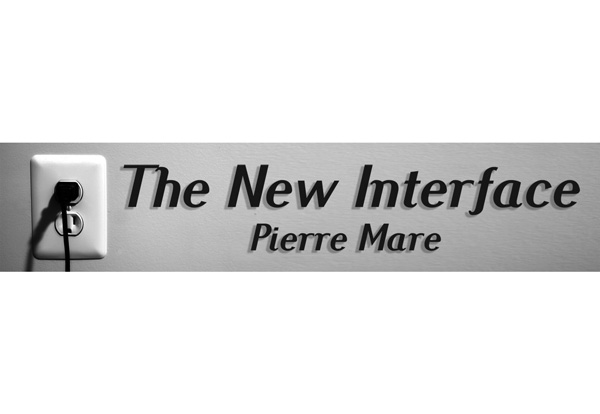
Sources of identity and image

If you want to manage your brand, for profit, this is the most valuable piece of information you will come across. If you need to satisfy stakeholders, this is information that is vital to you as well. You can read it here, or you can learn from experience. I suggest you read it here.
Identity is what you communicate. Image is how people understand your communication.
The brand is a relationship between a consumer and a product or service. To manage that relationship, you need to understand what people think of your product or service, and what makes them feel that way. You need to know what your image is and you need to understand how your identity influences your image. Only then, can you manipulate your identity so that your image makes business profitable.
There! That’s it. If you want to know more, read on for what Jean Noel Kapferer has to say.
A lot of people believe that identity is stuff like logos on letterheads or business cards. That’s not true. Identity consists of two broad categories: physique and personality.
Physique is the physical aspects of the brand. It could be the way that the product is configured. If, for instance, the product is defective, that takes away from identity. If it is well engineered, that adds to the identity. If it is a service, the physique could consist of the offices. A logo is a part of this, but a relatively small part unless the brand is a cult brand. Texture, colour or scent might also be aspects, as could be packaging.
Personality derives from communication of the physique. For instance, many detergent ads use housewives to represent them and bring across their personalities. But it could be more than that. Most tablets and computers try to bring across technical sophistication. Offroad vehicles want to be seen as rugged and adventurous.
On the other side, there is image, the interpretation of identity. Image can be established with research, but you can go the easy route and ask a couple of customers. Image has two aspects: reflection and self-image.
Reflection is the way that customers see the brand. Who, for instance should drink and orange soda with a lot of sugar? That belongs to children. Who should wear the latest scent? Easy. A young woman. And who should drive a sports convertible? Apparently, a young man.
It’s easy to mistake the reflection for the target audience, so let’s take a look at self-image and the sports convertible. Sports cars are expensive and not something that most young men can expect to own. On the other hand older men may be more able to afford them. Why nurture a reflection of a young man? Because older men want to feel younger.
Use of brands transforms people, and finding that transformation can be the key to success. If the elements of image are good, they can be reflected back at the customer, in communication, to validate the identity.
There are two aspects that lie between identity and image that are particularly important: relationship and culture. These are shared between the product or service and the consumer.
The relationship is just that, and this is what the brand manager should be very mindful of. The package consists, in my thinking, of the emotional context of usage but also the enabling aspects of the brand. At best the relationship will transform the consumer. For instance a mobile device gives a sense of sophistication and gives freedom in the ability to move around. Look for these qualities in establishing your brand.
Culture comes in second place. This can be national culture, but as Namibia has a huge amount of diversity, and as the use of ‘Namibia’ is worn, it is worth looking at values that attach to smaller groups. For instance, it might be shared interests found in youth groups, or sporting cultures, that come into play.
Once you have a grip of identity and image you are in a far better position to begin managing the brand, either by leveraging strong points or by fixing what needs to be fixed.











































